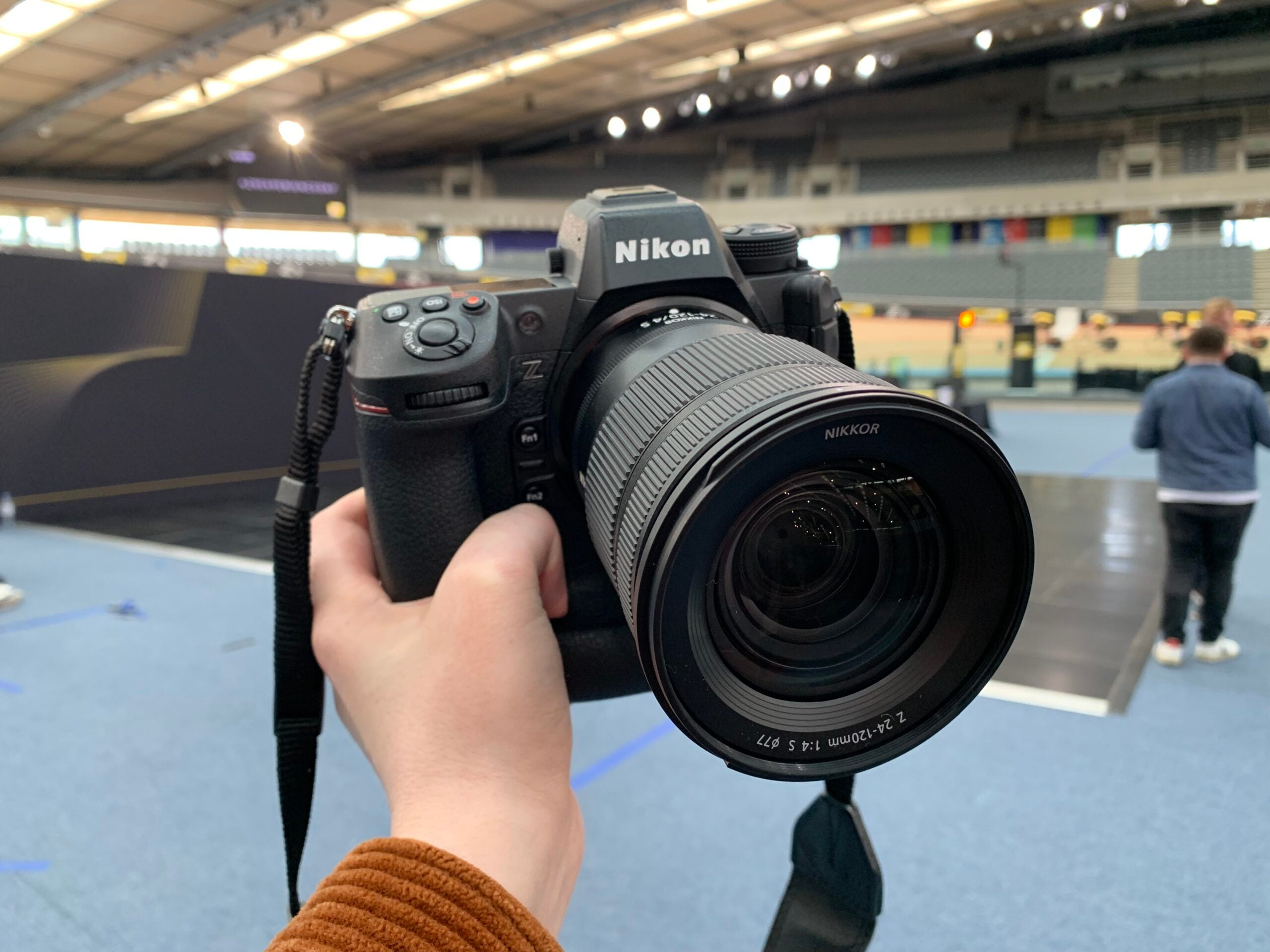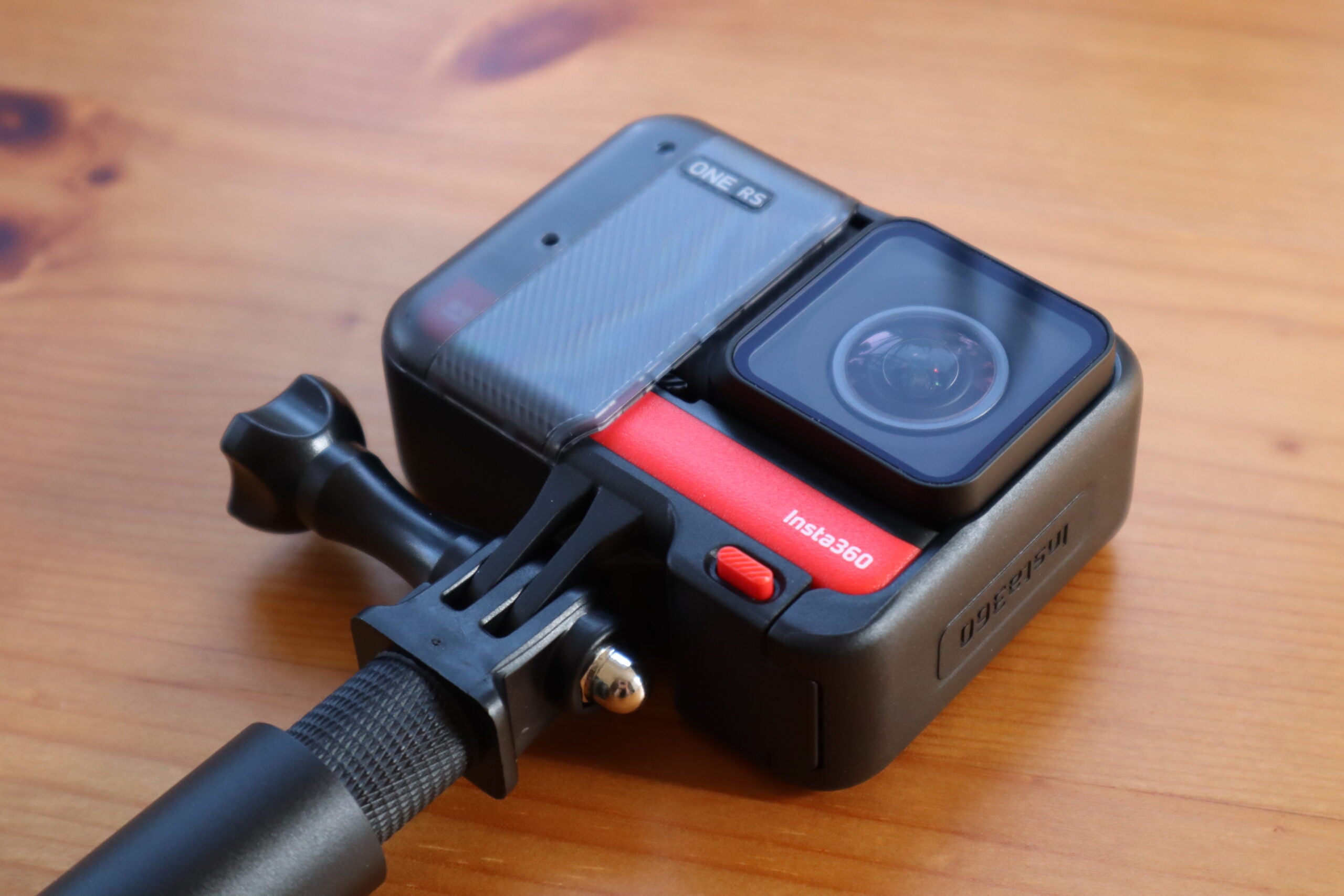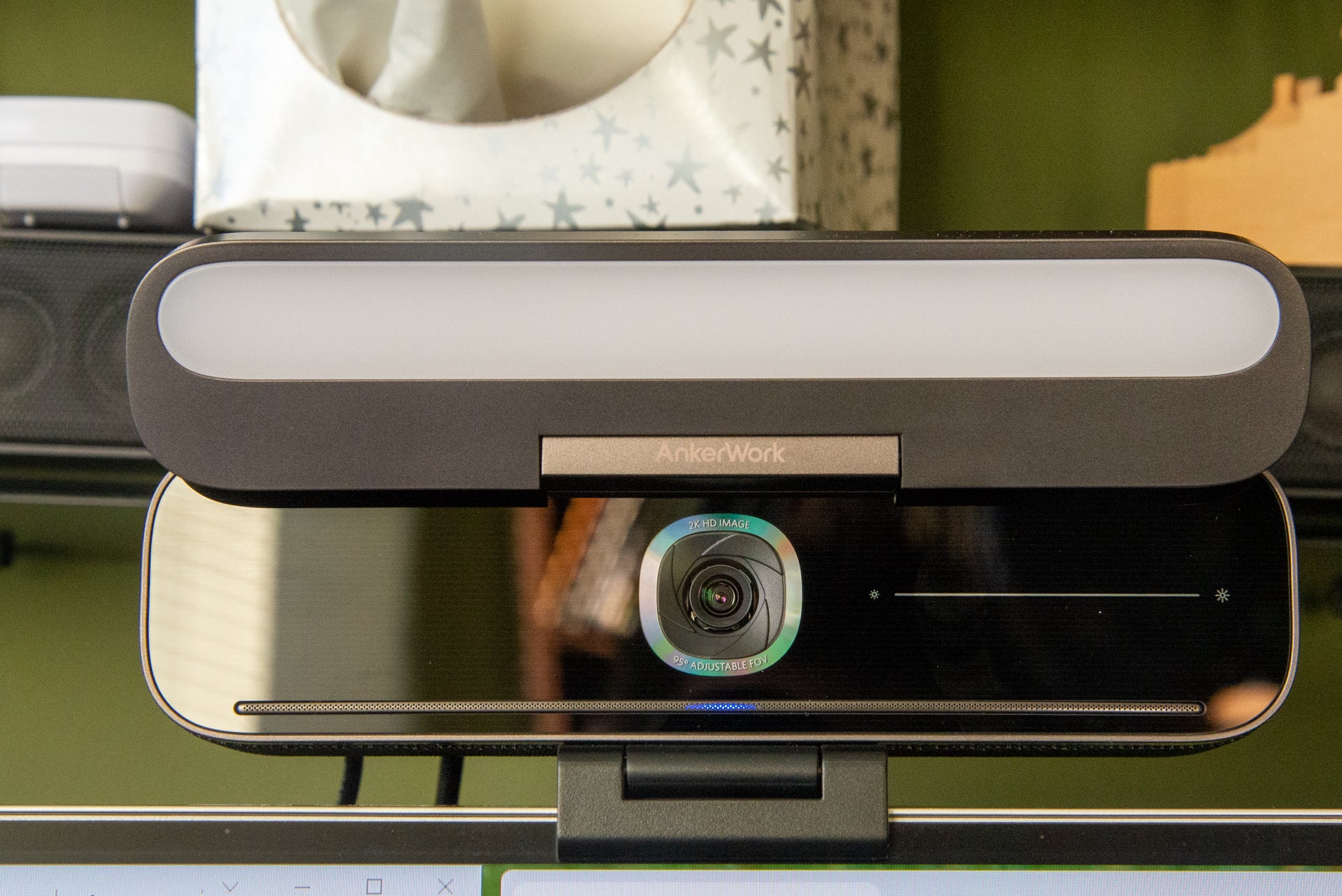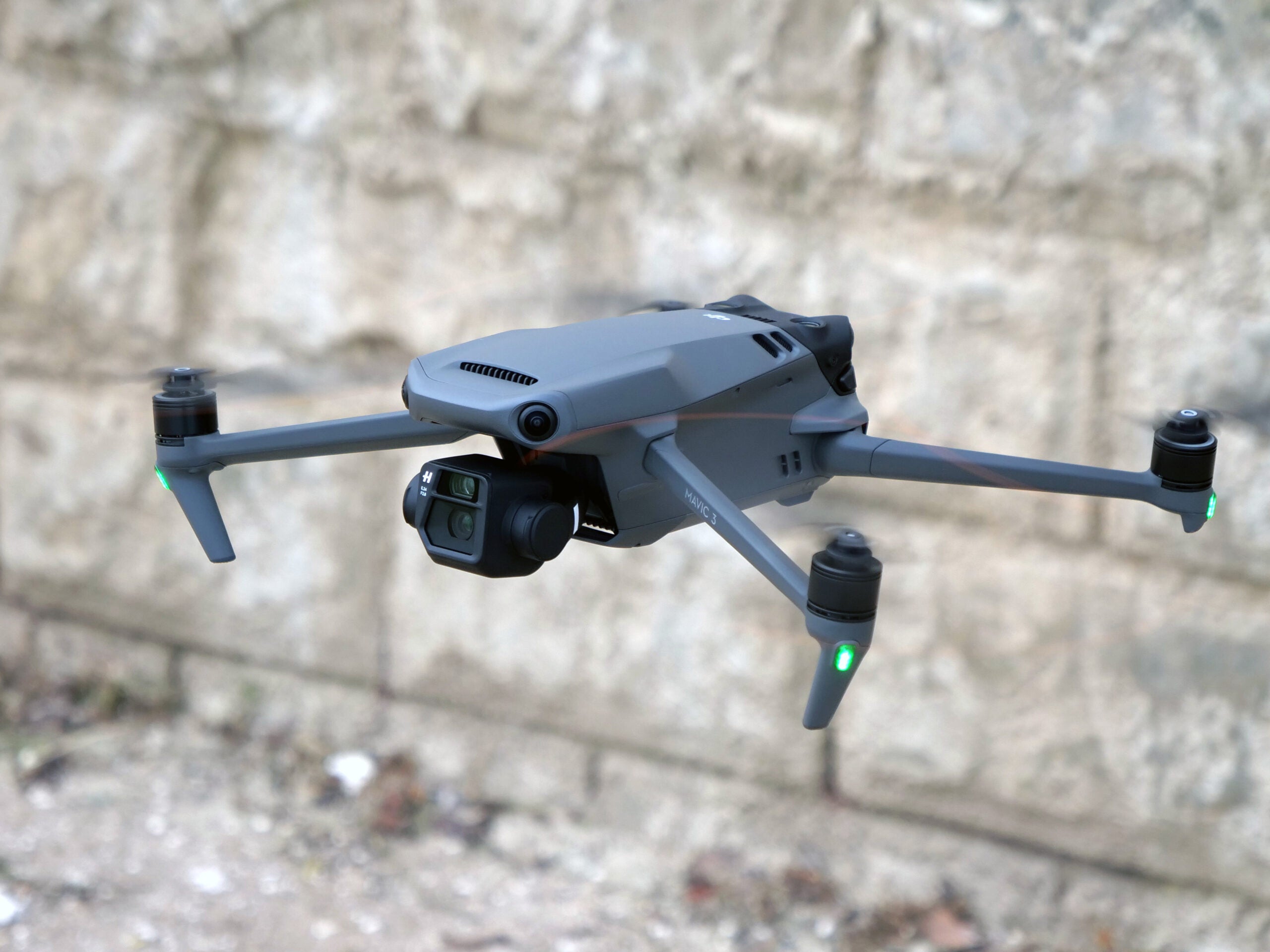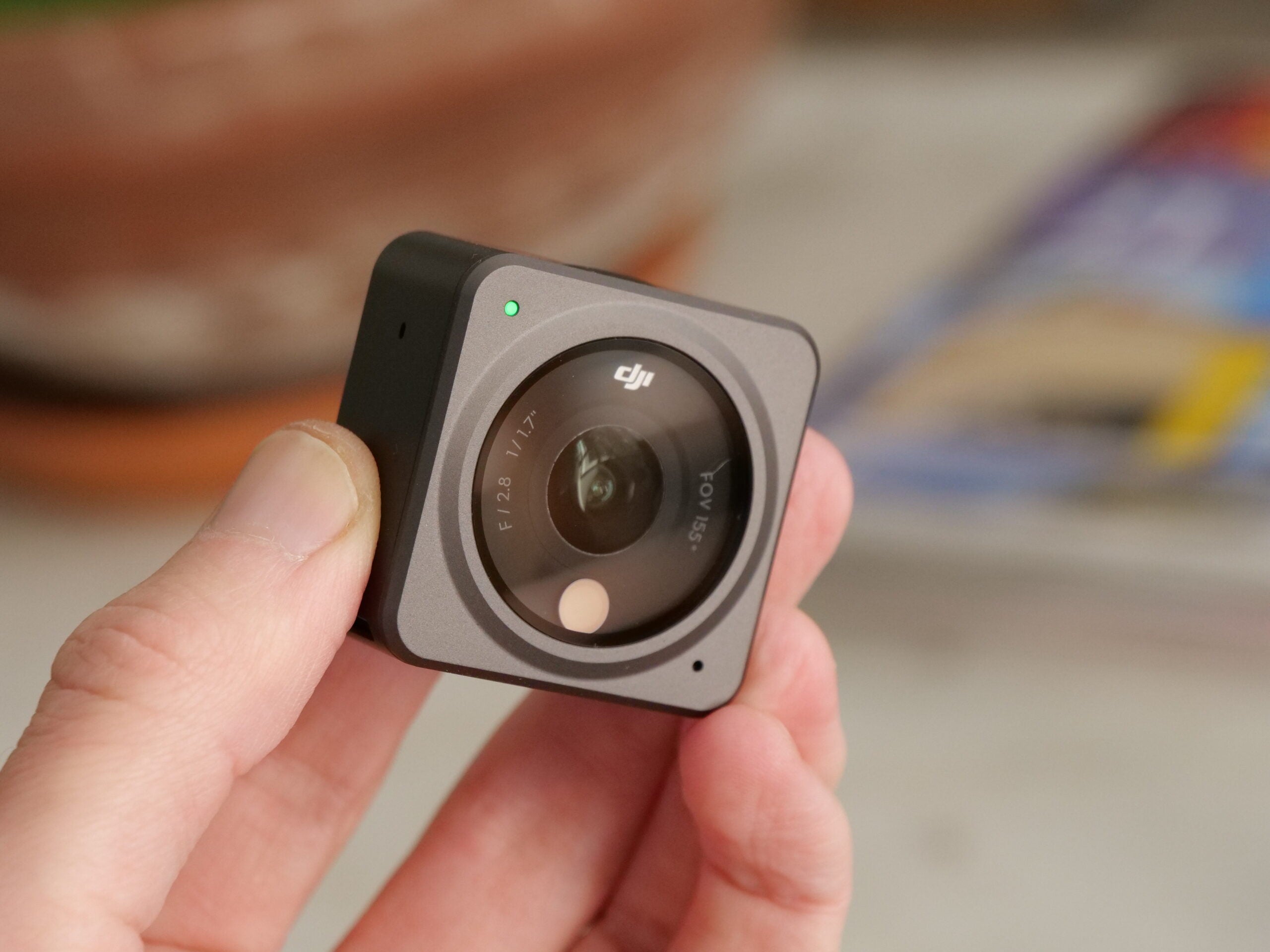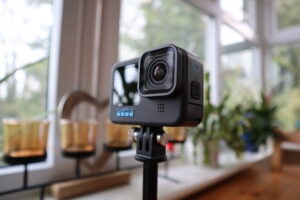
If you can contend with its painfully high price tag, then the GoPro Hero 10 is the most hassle-free action camera to date. The device itself can capture stunning footage that’s always stable thanks to HyperSmooth 4.0, and the accompanying GoPro Quik app can turn videos into must-see content in just a matter of minutes. While it might not be at its best in low-light situations, the Hero 10 is easily the current king atop the action-cam pile.
Pros
- UI is speedier than ever thanks to the GP2 processor
- Higher fps rates across the board
- HyperSmooth 4.0 stabilisation is a technological marvel
- Eye-catching footage
Cons
- Struggles in low light
- Very steep price tag
Availability
- UKRRP: £479.99
- USARRP: $499.99
- EuropeRRP: €539.99
- CanadaRRP: CA$649.99
Key Features
-
New GP2 Processor:Provides a bump to UI speeds and camera functionality -
Higher fps rates:Now capped at 5.3K 60fps, 4K 120fps and 2.7K 240fps -
HyperSmooth 4.0:Stabilisation has been given a bump over the Hero 9
Introduction
For better (and worse), the GoPro Hero 10 Black closes the gap between smartphones and action cameras, but for the sum of its parts it still manages to be in a league of its own.
Against the high-quality footage offered up by the iPhone 13, and the vlogging-friendly features of the Galaxy S22, it’s no surprise that GoPro has had a tougher time of late in stating its case against the convenience of smartphones.
The addition of a front-facing screen on the GoPro Hero 9 was an overdue open goal, and the bump to 5.3K footage allowed GoPro to reclaim its crown so far as resolution is concerned; but the camera was still held back by a terribly slow UI.
The highlight on this year’s spec sheet is the new GP2 processor, and while there’s an obvious speed boost that comes with it, there are a few lesser-known features to get vloggers and GoPro enthusiasts excited.
However, the one sticking point that’s sure to factor into any potential upgrades is the increased price for the Hero 10. An RRP of £479.99/$499.99 makes it £50/$50 more expensive than the Hero 9, which already had a comparatively high price when viewed against rival action cameras.
Now, the price is closer to that of some high-end phones. You can knock off a decent chunk by signing up for a GoPro subscription alongside your purchase, but that will see you paying out an annual membership fee after your first year. This won’t be an issue for everyone, but it’s worth bearing in mind if you’re working within a strict budget.
Design
- Almost identical to the Hero 9
- Slightly lighter than its predecessor
- Backwards compatible with Hero 9 accessories
Owners of the GoPro Hero 9 may have done a double-take when the Hero 10 was announced. With the exception of the GoPro logo switching to a bright blue, there’s very little to immediately distinguish last year’s model from its successor. However, dive a little deeper and you’ll discover some changes hidden in plain sight.
For example, the lens for the Hero 10 is made of a hydrophobic material that allows it to function more competently underwater, as well as being scratch-resistant and less receptive to ghosting.
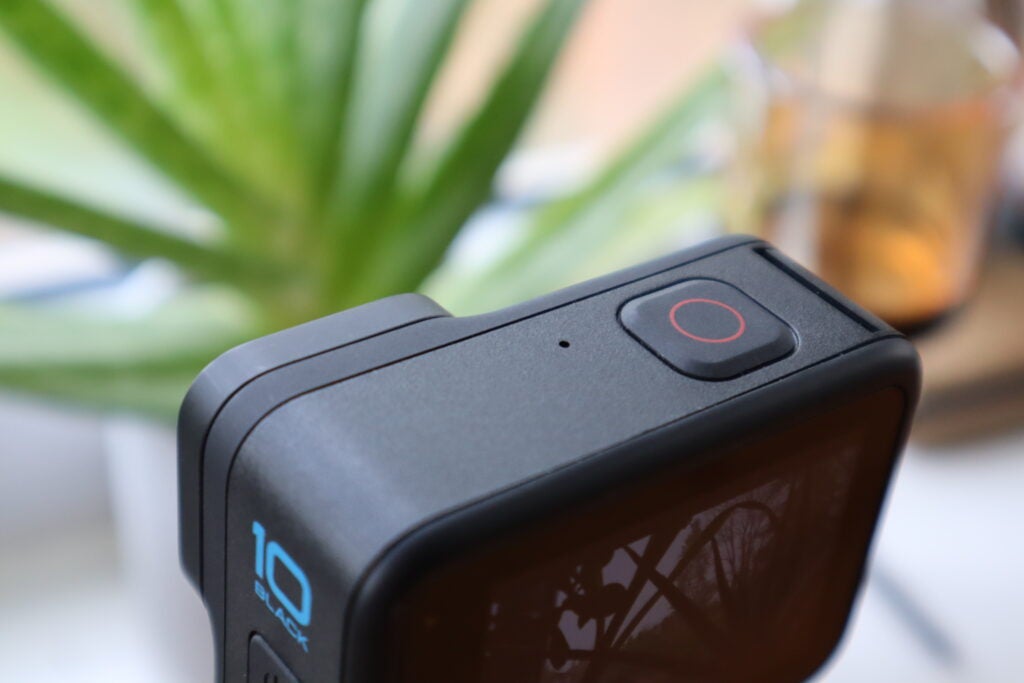
In addition, the camera itself is slightly lighter than its predecessor (down from 158g to 153g) – something you’d only notice if you were upgrading from the Hero 9. Speaking of which, if you’re upgrading from that model, then rest assured that the similar design means that any existing accessories you might have will work just fine with the GoPro Hero 10.
Alongside the benefit of backwards compatibility for GoPro mods, I’m glad that the design has remained the same. The large rear-facing display and a handy second screen on the front show that the Hero 10 has ease of use in mind, and while I can appreciate the extra features that a modular camera such as the Insta360 One RS can bring, I still find the GoPro style far easier for capturing shots in the moment.
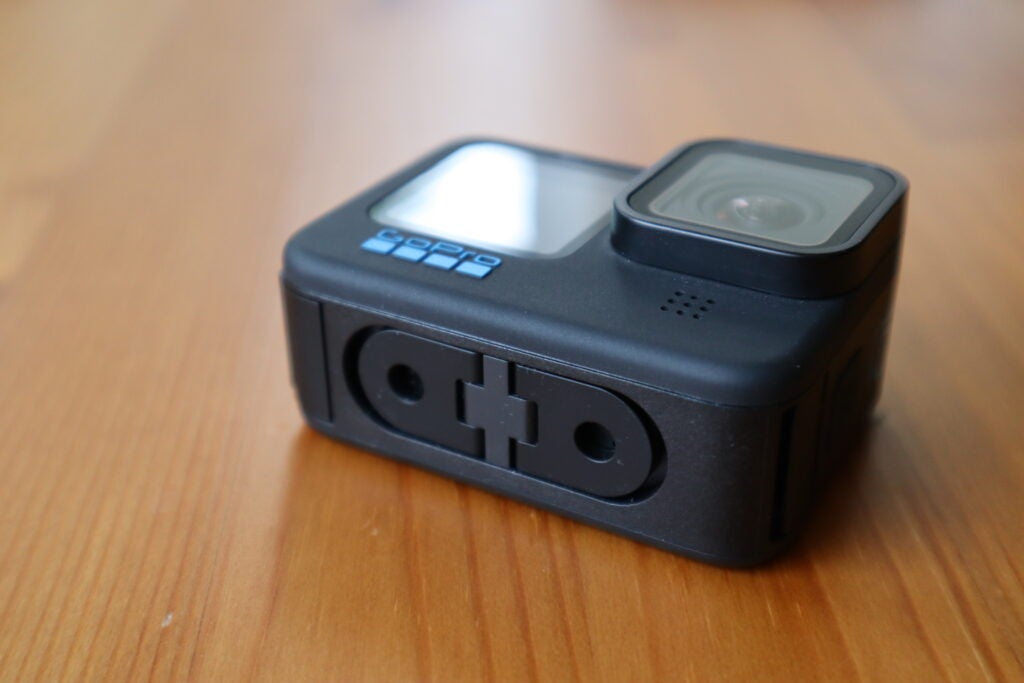
Screen and Performance
- New GP2 chip boosts performance
- The GoPro UI is smoother than it’s ever been
- Higher refresh rate on the front display
One of the leading features of the Hero 10 that GoPro has been keen to tout is the new GP2 processor at the heart of the camera. In addition to upping the frame rate caps across the board for capture, the GP2 brings a noticeable speed boost to the Hero 10’s software.
As mentioned, the sluggish UI was a big letdown for the Hero 9, particularly since GoPro now finds itself competing with the best camera phones on the market, powered by super-fast chipsets. By comparison, the Hero 10 finally manages to plug the speed gap thanks to the GP2.
I wouldn’t go as far as to say that UI speeds can compete with flagship handsets from Apple or Samsung, but the difference is so much more minimal that I never found myself feeling put off by the UI. On the contrary, the Hero 10’s menus are a joy to use. The simple three-pronged approach of separating its feature set into three categories (Time Lapse, Video and Photo) makes it perfect for beginners, and it takes only two seconds to switch between them.
The touch response feels spot on, which in turn emboldened me to be more creative with my capture settings; I was happy to switch things up from the norm without the concern that it would take an age to do so. Wireless file transfers are also snappy, with GoPro now also finally adding the ability for wired transfers to your phone, if you fancy saving a bit of battery.
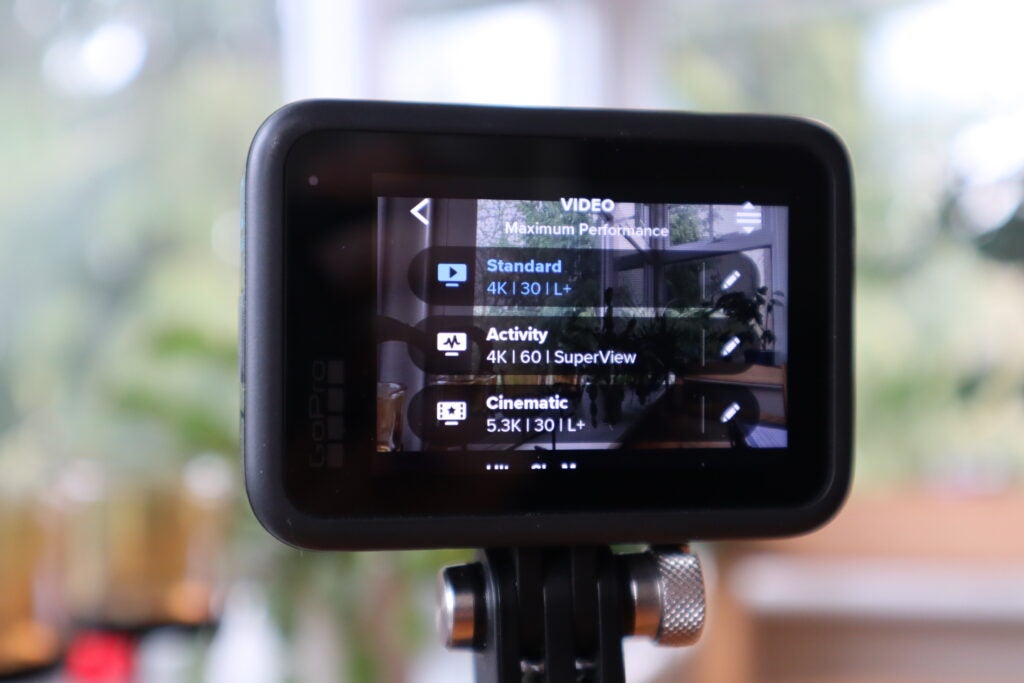
Just as with the Hero 9, the two displays here are great to look at – full of colour and easy to view in direct sunlight. The GP2 chip has also bumped the refresh rate for the front-facing display, ensuring that things look a little smoother and are easier to match up when doing a spot of vlogging.
Video and Image Quality
- Higher refresh rates for almost all shooting modes
- Features such as Time Warp still excel
- Low-light performance is a letdown
Of course, all of the new improvements that come with the GP2 processor wouldn’t be worth their salt if the Hero 10’s capture quality wasn’t up to scratch. However, in this regard, GoPro is still on a winning streak.
Shooting in the daytime, the Hero 10 can produce some stunning footage. Much like the iPhone, it’s able to capture striking detail and colour, without ever crossing the line into saturation. Autofocus is excellent, too, ensuring that your face is always prioritised in any shots to camera. When moving to an underwater scene, for example, the Hero 10 could adapt to its new surroundings very quickly to provide an almost instantaneous transition.
Just like its predecessor, the Hero 10 maxes out at 5.3K, which might irritate those who were hoping for GoPro to finally make the jump to 8K, but there’s been a huge leap in the frame rate cap. You can now shoot 5.3K at 60fps, 4K at 120fps and 2.7K at 240fps – improvements that, in my opinion, offer far greater appeal than the allure of 8K, which, let’s face it, still has a long way to go until it’s used as the norm.
Having those higher frame rates across the board is a huge boon for those looking to capture fast-paced action shots at a higher resolution. The camera has also seen its megapixel count lifted from 20 to 23 megapixels. Just like video capture, the Hero 10’s stills are great to look at; in particular, where wide-angle shots are concerned, the camera has been able to recreate the same sense of scope that I encountered on a recent trip to the Irish countryside.
The one area where the stills captured failed to live up to the hype was with night-time photography. Even though the Hero 10 offers a dedicated Night mode, the camera was unable to produce images of the quality seen in daytime capture – and, unfortunately, it’s an issue that isn’t exclusive to stills.
Shooting in low-light areas removed a lot of the GoPro’s sheen from the final footage, with a lot of detail becoming lost in the mix. This is a shame, since it means the Hero 10 just misses out on being a confident go-to camera for any time of day. If you’re planning a camping trip, for example, then you might want to consider using a different camera for night-time shots. Even the iPhone 13 has an easier time of it.
Given GoPro’s target market, however, it’s hard to knock the Hero 10 too much for its lack of late-night skills – when was the last time you saw footage of someone skiing in the dark? Besides, there are still plenty of other features that more than make up for it.
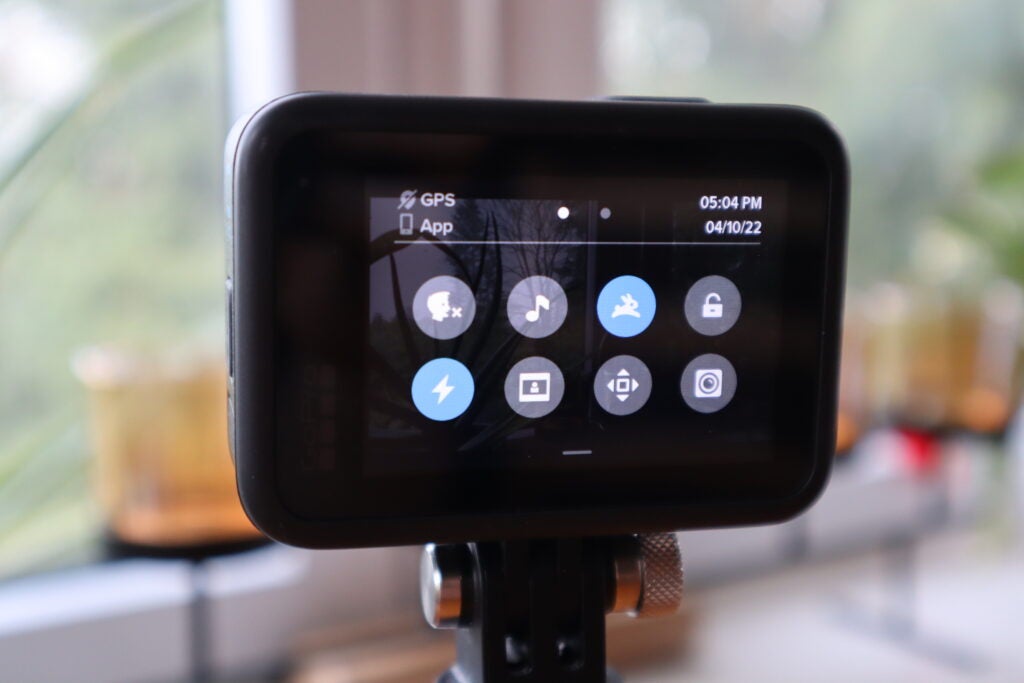
For example, Time Warp 3.0 is my favourite GoPro feature to date, creating a stable, fast-moving shot that isn’t only easy to use, but the effect is always eye-catching. Plus, you can slow the recording back down to real-time when you want to draw focus to a point of interest.
The accompanying GoPro Quik app still stands out as one of the best of its kind, particularly in terms of preventing its UI from ever becoming too complicated and in allowing even the most entry-level of filmmakers to create a stunning collage of footage after each shoot. For example, I was able to edit and produce a very shareable video from a day’s worth of footage in about five minutes – which is significantly faster than anything I’ve been able to make using rival apps.
As a final point worth noting, I’m a huge fan of the Hero 10’s mic. Putting it to the test on a windy beach, it picked up every word that was being said (although a bit of voice isolation in post wouldn’t go amiss). And later on, at London’s busy South Bank, the Hero 10 had no issues honing on my voice against the backdrop of construction sites and tourists chatting.
Stabilisation and Battery Life
- HyperSmooth 4.0 is nothing short of incredble
- Battery life is good enough to get through a day in some cases
- Just over two hours for a full charge
With the Hero 10, GoPro has made the leap from its existing HyperSmooth 3.0 stabilisation software to the new HyperSmooth 4.0 – but you’re probably wondering what that means in real-world application. In the realm of gimbal-free stabilisation, GoPro already led the charge and it’s only gotten better this time around.
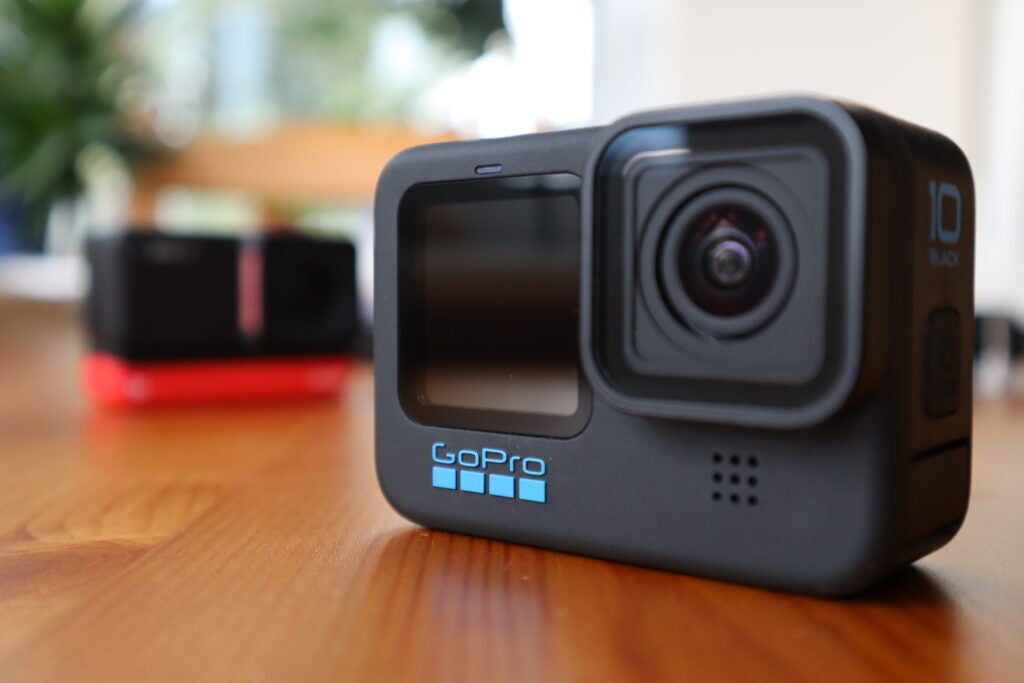
In all types of footage, whether it was standard capture, Time Warp or Cinematic mode, the GoPro kept the action steady each time, fighting back any and all disruptions – which, at one point, involved climbing on and off of boulders in the same Irish countryside.
I wouldn’t go so far as to say that the Hero 10 can outdo any camera with a gimbal attached. However, with such an accessory oftentimes feeling a tad clunky in the moment, it’s incredible to be able to record footage on such a small device without worrying about how it will look on the back-end.
In terms of battery life, the Hero 10 easily managed a day’s worth of shooting, recording footage here and there on a six-hour trip on a canal boat. There was even enough juice in the tank for me to transfer that footage, and some shots from a previous day out, before the battery got down to 1%.
With that kind of power, it’s perfectly feasible for a casual user to get to the end of a day without worrying that the GoPro might not make it. However, for more involved content creation I’d definitely recommend packing a spare battery, just to be on the safe side. Plus, you can also use wired transfers as opposed to wireless, if there’s only a bit of power left in the tank.
For charging, it took just over two hours to get the Hero 10 to a full battery – which, if you can’t be without the camera for that long, is only another reason to consider investing in a spare battery.
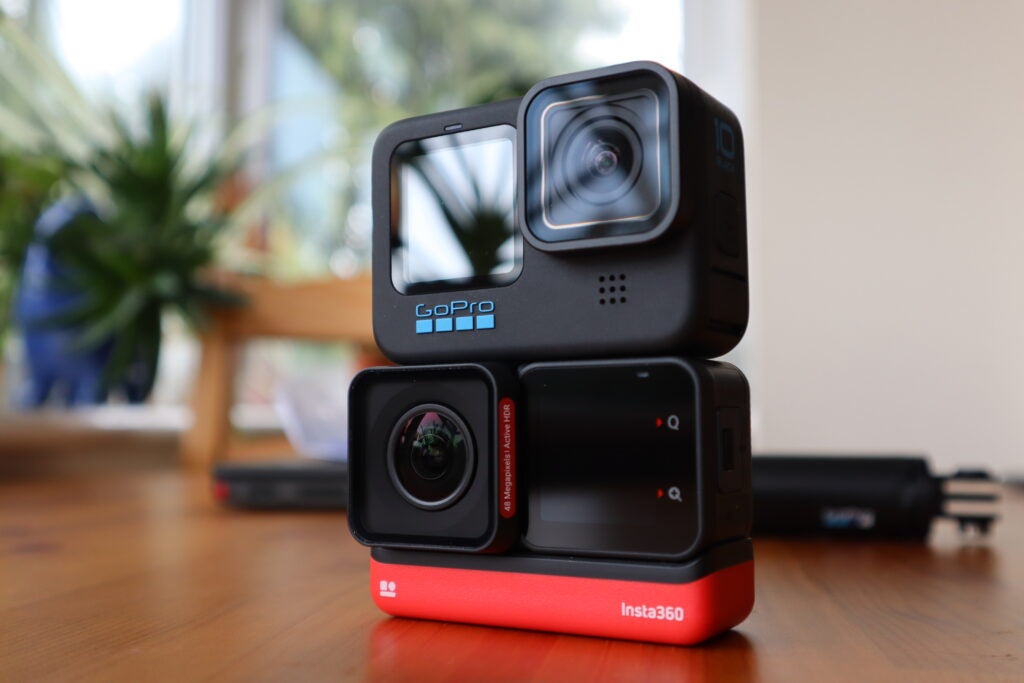
Latest deals
Should you buy it?
You want the most confident action cam For the needs of vloggers, there’s very little that the Hero 10 can’t do – it’s just so easy to use and it nets you great-looking footage almost every time.
You need something for night-time photography The only area where the Hero 10 falls short is in low-light scenes, plus if you’re tied to a budget then the camera’s high price tag is a tough hurdle to get past.
Final Thoughts
The Hero 10 Black is the most powerful action camera GoPro’s ever released. The new GP2 processor finally closes the gap in performance that made it feel as if smartphones were outpacing the Hero range, and the updated HyperSmooth 4.0 is second to none for built-in stabilisation.
With these perks comes a noticeable price hike, however, and while discounts are available, it does mean that the Hero range is catching up to the mid-to-premium level pricing currently seen for phones such as the iPhone 12 and the Pixel 6. With that said, if you do have the cash to spare then you won’t – as of yet – find a more competent action camera than the GoPro Hero 10.
How we test
We thoroughly test every action camera we review. We’ll always tell you what we find and we never, ever, accept money to review a product.
Tested over a two month period
Compared against existing action cameras for a comprehensive verdict
FAQs
Yes, the GoPro Hero 10 is waterproof up to 33m.
Cloud uploads are only available to GoPro subscribers.
Yes, the Hero 10 is backwards compatible with accessories for the Hero 9.
Full specs
The post GoPro Hero 10 Black appeared first on Trusted Reviews.
Author: Thomas Deehan
This article comes from Trusted Reviews and can be read on the original site.
